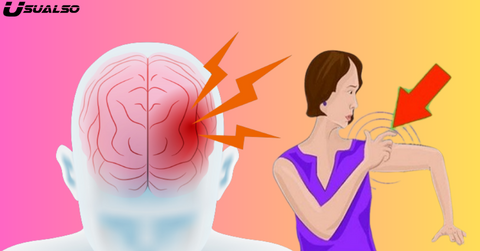Interventions to open blocked arteries. Rehabilitation is a critical component of the treatment plan, with a focus on helping patients regain lost skills and adapt to any permanent disabilities.
Stroke prevention:

- Controlling risk factors:
Managing high blood pressure, diabetes, and high cholesterol is essential for preventing strokes. Regular monitoring and appropriate medications are often necessary. - Antiplatelet and anticoagulant drugs:

- Some medications, such as aspirin, clopidogrel, and anticoagulants such as warfarin, are prescribed to reduce the possibility of blood clots forming.
- Lifestyle modifications:
Following a healthy lifestyle, including a balanced diet, regular exercise, and quitting smoking, contributes greatly to stroke prevention. - Surgery or angioplasty:

- In some cases, surgical procedures or angioplasty with stent placement may be recommended to treat the blockage and improve blood flow.
- Education and awareness:
Educating individuals about the warning signs of stroke and the importance of seeking prompt medical attention can lead to early intervention and better outcomes.
PrevNext






